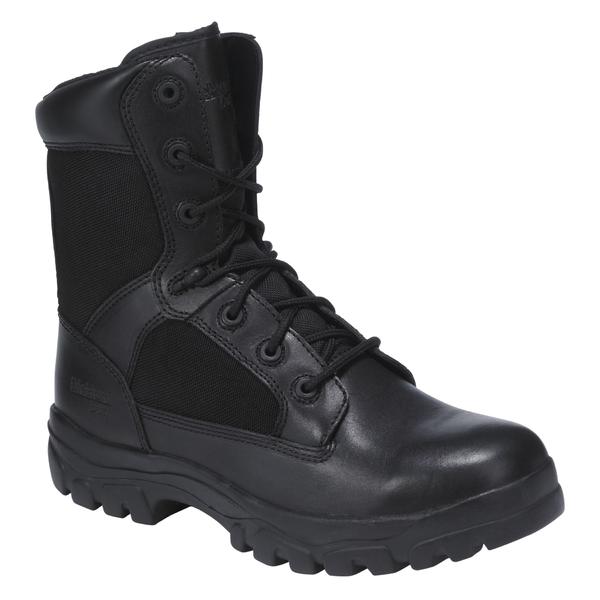My wife and I have been members of the NRA for years. And we both did a lot of shooting before we met, but:
For the first time ever a few days ago, my wife and I went to the range together. We had looked at the guns there a few days before that, and she had picked out one that she wanted to shoot: a compact Beretta PX4 Storm in 9mm.
 |
| Beretta PX4 Storm Compact DA/SA, credit: BerettaUSA.com |
When we actually went to shoot, we asked for the Storm and realized that the one they said they had available to rent wasn't the exact same gun: it was the full size. No biggy. We were there to have fun, and to familiarize my wife with our own 9mm, anyway.
 |
| Beretta PX4 Storm Full Size DAO, credit: BerettaUSA.com |
I really wanted to love that Beretta. I like the concept of the rotating barrel, instead of a tipping barrel. It's suppose to reduce muzzle flip and felt recoil. The gun looks nicely contoured, and I like the "speed" cuts on the slide. Also, as a bonus: not only was the rental gun not a compact, but it wasn't traditional double-action/single-action; it had a double-action-only trigger system. I've thought about switching to a DAO, like the Sig P250, or a striker-fired pistol (of course), so it was nice to try one. But:
I was left unimpressed. In all fairness, I didn't put that many rounds through the gun. And as a tool, once I spent more time with it, I would most likely have adapted to the gun AND accessorized it - a little.
So with the caveat that I was shooting the Storm again the P95 that I am developing growing confidence with, here are my initial impressions.
Initial Impressions
Initial Handling
Like I stated above, I really like the lines of the gun, though the slide combined with the dust cover and accessory rail looks a little chunky. The grip is nicely contoured and fits the hand well, though it feels a little slick. I guess that's what skateboard tape, grip sleeves, and stippling is for - or just getting used to the feel. I felt like the slide serrations were not pronounced enough, when I racked the slide, but my wife was racking my P95 from the front of the slide, so I guess that I could man up and deal with it. On the flipside, those serrations are snag free.
Initial Shooting
The DAO trigger was surprisingly light, and the long pull was no distraction compared to the single-action trigger on my P95. With the P95, I kept a string of ten rounds of "moderate" (a little under 1 round per second, while trying to abide by the one-round-per-second range rule - with requisite crusty looks from fellow range participants) fire within the center 4"x6" on a silhouette. With the Storm, a ten-round string was double that. I blame the generous light around the front post in relation to the rear sight. I was able to maintain much better accuracy, if I slowed way down and concentrated on the keeping the front post centered in the rear notch. Generous light around a front post has been touted as a good facilitator for acquiring the sights in a high-stress situtaion.
The gun felt good, but the frame felt too smooth. With such a nice looking gun, I expected cooler looking magazines - for some reason.
My wife had multiple jams with the gun, so she preferred shooting our P95. But in all fairness, she also had multiple jams with the P95 - but fewer. We worked on her technique more with the P95, and she even mentioned that she felt that she would do better with the Storm, if she had spent more time with it.
To Be Continued, NEXT: After-Range Thoughts





